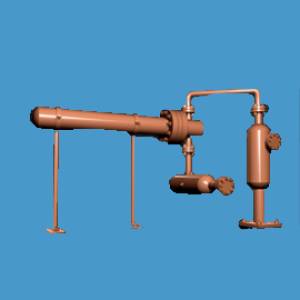
This document details the essential equipment found in a typical compressor plant, categorized for clarity. The specific components and their configurations will vary depending on the plant's size, application (e.g., natural gas processing, industrial air supply, refrigeration), and the type of compressor used (e.g., reciprocating, centrifugal, screw).
This description provides a comprehensive overview of the equipment typically found in a compressor plant. The specific components and their configurations will vary depending on the application and requirements. Always consult with engineering professionals for specific design and selection criteria.